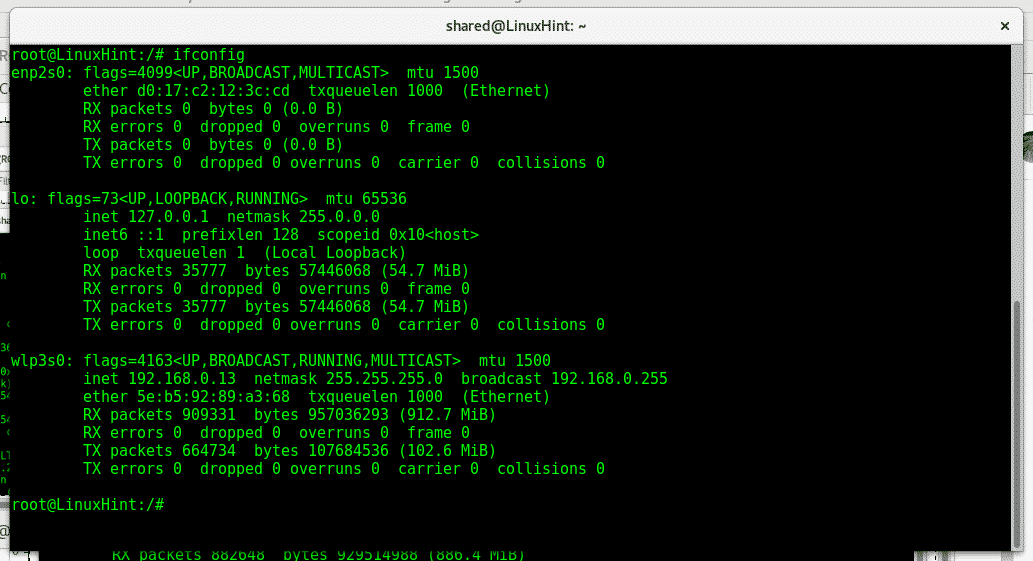

Install dependencies sudo apt-get install libglib2.0-dev libdbus-1-dev libusb-dev libudev-dev libical-dev systemd libreadline-dev

(apt-get doesn’t have a very recent version) To check if it’s installed run this command: dpkg -get-selections | grep -v deinstall | grep bluezĮxtract the source tar xvf bluez-5.18.tar.xz Note: make sure you uninstall Bluez if it is already installed. If you need a helping hand installing Debian may I suggest this step-by-step guide? In order to use Bluez, I needed to install Linux on a virtual machine. More information on these services can be found here. The Bluetooth SIG has already spec’d out several services for general use. In my case, it was instrumental in accessing the Bluetooth Low Energy services running on my nrf51822. Gatttool is used to access the “services” running on your bluetooth device. You can utilize the utility to scan for devices and send commands/data for standard Bluetooth and Bluetooth Low Energy. It is aptly named hcitool as it communicates via a common HCI ( Host Controller Interface) port to your bluetooth devices. Hcitool is the swiss army knife for Bluetooth in Linux. I’ll show you how much in this handy how-to. It’s becoming much easier to create Bluetooth based hardware. Sidenote: things have changed a bunch since I first wrote this. It’s open source and it’s easy to use.įirst, lets discuss the most important tools that are included with the Bluez stack. It’s Linux’s answer to connecting and using Bluetooth devices from the command line. In this article, you’ll learn the in’s and outs of Bluez. The problem, even in 2019, it’s still can be tough to work with.


 0 kommentar(er)
0 kommentar(er)
